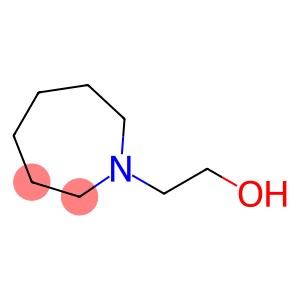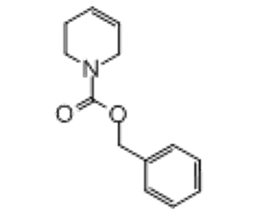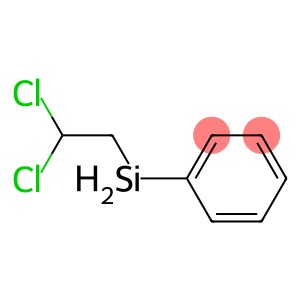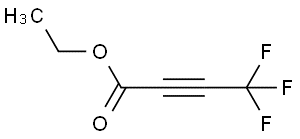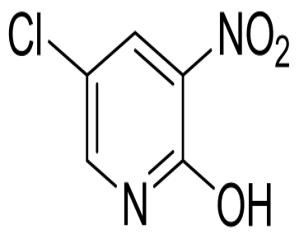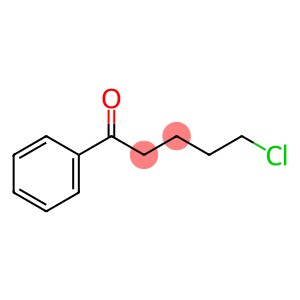hexahydro-1H-azepine-1-ethanol(CAS#20603-00-3)
| Hazard Symbols | C – Corrosive |
| Risk Codes | R34 – Causes burns R21/22 – Harmful in contact with skin and if swallowed. |
| Safety Description | S45 – In case of accident or if you feel unwell, seek medical advice immediately (show the label whenever possible.) S36/37/39 – Wear suitable protective clothing, gloves and eye/face protection. S26 – In case of contact with eyes, rinse immediately with plenty of water and seek medical advice. |
| Hazard Class | 8 |
| Packing Group | III |
Introduction
N-(2-hydroxyethyl)hexamethylenediamine. It is a colorless crystalline solid with high solubility and stability. The following is an introduction to the nature, use, preparation and safety information of HEPES:
【Properties】
HEPES is a weakly alkaline buffer with a buffer range of pH 6.8-8.2. It dissolves well in water and is not easily affected by enzymes and acids secreted by cells.
【Applications】
HEPES is widely used in the fields of biochemistry and molecular biology. It is mainly used as a physiological buffer for cell culture media and a buffer for catalytic reactions of enzymes and proteins. HEPES can also be used for electrophoresis separation of DNA and RNA, fluorescent staining, enzyme activity analysis and other experimental operations.
【Method】
HEPES can be synthesized by the reaction of 6-chlorohexamethylenetriamine with 2-hydroxyacetic acid. The specific preparation process is as follows:
1. Dissolve 6-chlorohexamethylenetriamine in sodium hydroxide solution to generate sodium salt of triamine.
2. 2-Hydroxyacetic acid is added to form N-(2-hydroxyethyl)hexamethylenediamine.
3. The product is crystallized and purified to obtain pure HEPES.
【Safety Information】
1. Avoid direct contact with eyes and skin, rinse immediately with plenty of water if inadvertently touched.
2. When using and storing, avoid contact with oxidants, organic matter and strong acids to prevent dangerous reactions.
3. When operating, pay attention to personal protection, wear safety glasses, protective gloves and laboratory clothing. Operate in a well-ventilated laboratory environment.
4. It is strictly forbidden to eat, inhale or introduce into the digestive system. Please maintain good laboratory hygiene during use.


